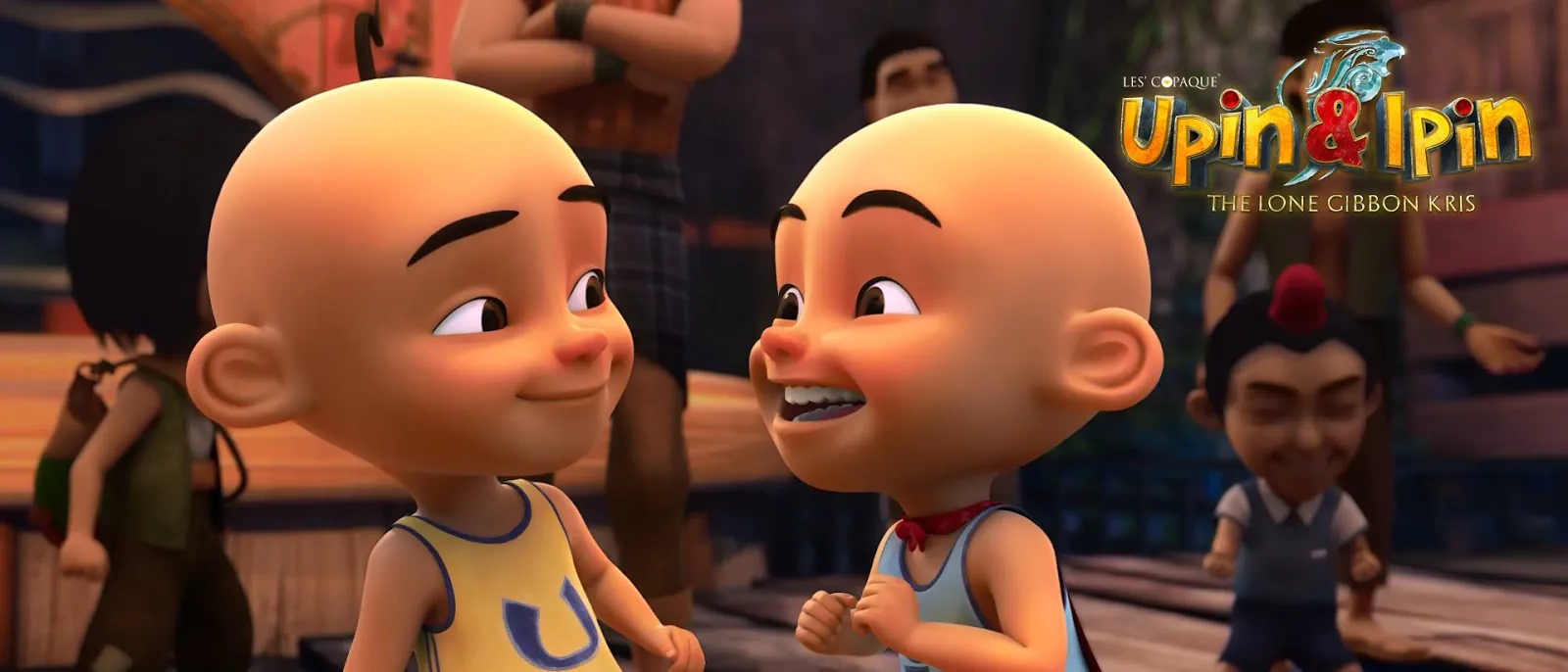

Malay folktales portray form of storytelling inherited from ancestors through generations. The retelling folktales are through oral tradition which illustrates the moral lesson that related with human experiences throughout the storyline. While the emergence development towards the new media especially animation as a platform of digital technology, it provides the comprehension of the Malay folktales among young generation through the visual medium. The write-up highlighted on the animation film as a cultural production of Malaysian folktales.
Folktales are widely known for the literature entertainment told by storyteller towards the audience or listener. The main purpose of the folklore is to give a moral lesson learnt from the story narrative. Folktales are subset stories to the folklores. Folklore is the story with cultural heritage and involved with the traditional beliefs. The context of traditional beliefs is related with the storytelling from ancestors from generation to generation. Stories are fairy tale, folktale, fable, epic, myth, legend, chronicle and so on. Storytelling creates a relationship between the storyteller and the listener – the first using gestures and intonations or words on a page to weave a tale, the later using imagination to create pictures and images in their mind. Both interpret the narrative in their own way. Among the popular folktales nationwide are Robin Hood, Cinderella, Hansel and Gretel, Little Red Riding Hood, Snow White and Rapunzel (to name a few). While Malay folktales as well depicted the history, traditions, beliefs, and value through the significance of the stories.
Film as A Cultural Production of Malaysian Folktales
Cultural production or product of culture is defined as cultural forms that includes the practices, values, and understanding of its norms. Dr. Sani Sadono, Indonesian Philosopher defines culture as the results of the creation, the desire, and human taste in meeting the needs of life. Culture includes knowledge, beliefs, arts, civilization, customary law and so on. He added, culture is a human product and man itself is a product of culture. Indirectly, the relationship between culture and human is parallel to produce the nation cultural products. Furthermore, cultural production concerns the creation, diffusion, and consumption of cultural products. Thus, the production of culture has symbolic components and were influenced by the systems of production, distribution, and reception in which they are embedded.
Nevertheless, the animation in Malaysia also attempted to produce similar cultural production by adapting the Malay folktale through the creation of Silat Lagenda (1998) directed by Hassan Abd Muthalib, Putih (2001) directed by Rashid Sibir and latest Upin & Ipin: The Lone Gibbon Kris (2019) directed by Adam Amiruddin, Ahmad Razuri and Syed Nurfaiz Khalid. Upin & Ipin portrayed a more local environment, as it provides an idea to various characteristics that defines the country that we live in. The cultural production of the animation film such as Upin & Ipin: The Lone Gibbon Kris (2019), is a brilliant content in promoting Malay folktales to the world. The animation film created by Les’s Copaque Production creatively gathered the eight famous Malay folktales in their animation film.
Animation Film and The Digital Age Technology
The used of animation in film as a medium to disseminate the Malay folktales are the vital initiative to preserve the cultures through storytelling from being forgotten, especially in young generations. It is important to stress that, the animation as a new media within the digital age technology, enhanced the comprehension from the verbal folktales with the visual storytelling. Animation is a unique information media compared to others, there is a combination of narrative and cinematic elements in it that make the visual appeal of the audience. Thus, as the young generation nowadays were attached to the digital technology, animation film provides the folktale preservation from the traditional way of oral storytelling, in contrast, with the attractive visual motion to be easily remembered and understood. Research shows that, it is a global trend in which if better understood, the more benefits we can reap out of animation. Animation can become a powerful business tool but importantly as well is the fact than the culture and identity of a nation can be shared through its lenses. Upin & Ipin: The Lone Gibbon Kris (2019) was produced using computer technology and play important roles in disseminating the cultural product in the context of Malay folktales.
In conclusion, Upin & Ipin: The Lone Gibbon Kris (2019) present a cultural production or product of culture towards Malay folktales to the world by using animation as a medium of new media technology. Reaching with the developments of new media technology, animation medium was able to disseminate the oral or written traditional Malay folktales attractively by using the visual motion in the film. This enhanced the interest towards society to preserve the Malay folktales from being forgotten throughout future generation. The animation amused the viewer’s attention through the eights popular Malay folktales includes of Raja Bersiong, Mat Jenin, Batu Belah Batu Bertangkup, Nujum Pak Belalang, Si Tanggang, Singapura dilanggar Todak, Nakhoda Ragam, and Bawang Merah Bawang Putih. The listed folktales in this animation film highlighting the theme of mysterious adventure and to solve the obstacles to gain successes. This animation portrayed cultural heritage to be a product of culture by presenting the elements of folktales which concluded by Dawkins, folktales embody cultural identity and transmits positive messages.
Rujukan :
Penulis :

Nurul Iva Mohd Muzamli
Pensyarah
Unit Animasi 3D
Kolej Komuniti Teluk Intan